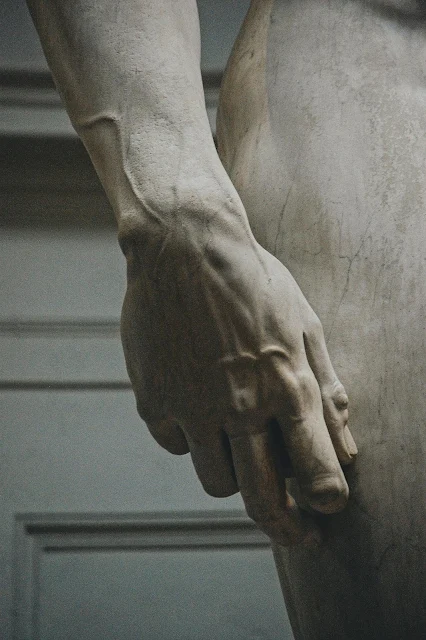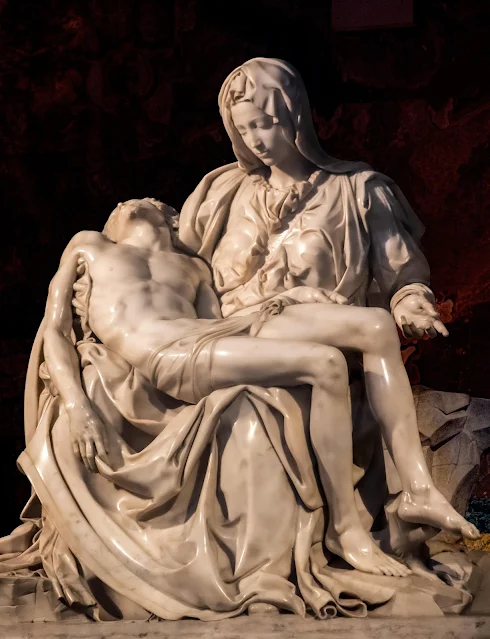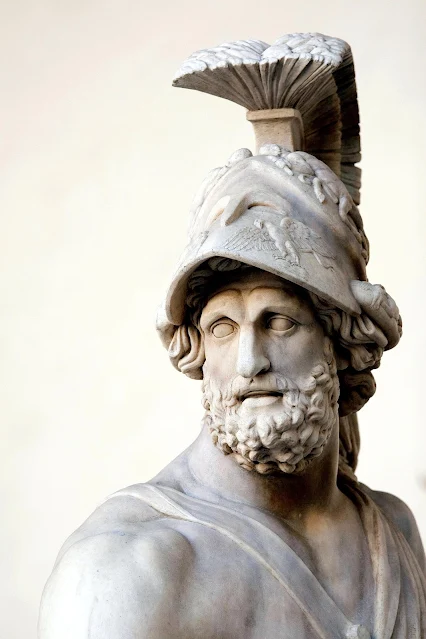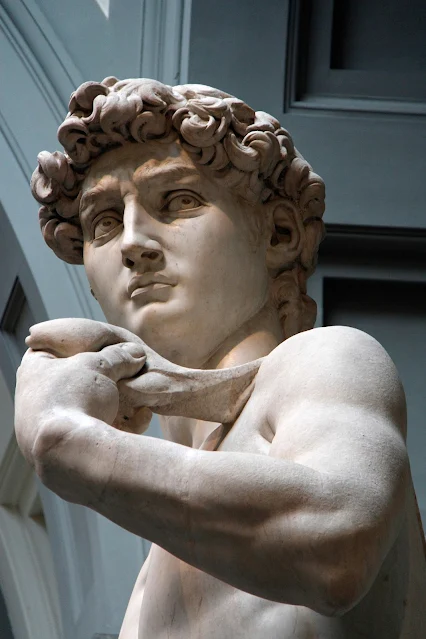Michelangelo: The Timeless Genius Who Redefined Art Forever
In the grand tapestry of art history, few names shine as brightly as Michelangelo Buonarroti. A true Renaissance man, Michelangelo’s works transcend time, embodying the peak of human creativity, technical mastery, and spiritual depth. His sculptures, paintings, and architectural designs have influenced countless generations, leaving a legacy that feels just as powerful today as it did over five centuries ago.
The Early Life of a Prodigy
Michelangelo was born on March 6, 1475, in Caprese, Italy, near Arezzo. Although his family was of minor nobility, they faced financial difficulties. Recognizing his son’s talent early, Michelangelo’s father placed him under the mentorship of Domenico Ghirlandaio, one of Florence’s leading fresco painters.
Florence at that time was a hotbed of artistic revolution, fueled by the patronage of powerful families like the Medici. Young Michelangelo quickly absorbed the techniques and spirit of the Renaissance, developing skills that would astonish even his contemporaries.
The Sculptor of the Human Soul
Michelangelo's sculpture is perhaps his most profound contribution to the world of art. Works like the Pietà, housed in St. Peter’s Basilica, display an almost supernatural ability to coax emotional depth from cold marble. Completed when he was only in his early twenties, the Pietà showcases a serene Virgin Mary cradling the lifeless body of Christ — a masterpiece of tenderness and grief.
Shortly after, Michelangelo created David, one of the most recognized sculptures in history. Standing over 17 feet tall, the statue of David captures both physical perfection and psychological intensity. Unlike earlier depictions, Michelangelo’s David is shown before the battle, tense and ready — a symbol of human potential and divine favor.
For Michelangelo, the challenge was not just to sculpt a body but to reveal the inner life, the struggles and hopes of humanity. His ability to do so, to breathe life into stone, remains unmatched.
The Sistine Chapel: A Ceiling That Changed the World
In 1508, Michelangelo was reluctantly commissioned by Pope Julius II to paint the ceiling of the Sistine Chapel in the Vatican. Though he considered himself primarily a sculptor, Michelangelo accepted the monumental task — and transformed Western art forever.
Working mostly alone under grueling conditions for four years, Michelangelo covered over 5,000 square feet of ceiling with vivid frescoes depicting scenes from the Book of Genesis. Central among them is the iconic Creation of Adam, where God's outstretched finger nearly touches Adam’s, imparting the spark of life.
The Sistine Chapel ceiling did more than showcase Michelangelo’s genius; it set a new standard for narrative complexity, human anatomy, and emotional power in painting. It became a touchstone for artists for centuries to come, embodying the Renaissance ideals of beauty, proportion, and spirituality.
Later Works and Architecture
Michelangelo's brilliance did not diminish with age. He returned to the Sistine Chapel decades later to paint The Last Judgment, an epic fresco covering the altar wall and depicting the second coming of Christ.
In his later years, he also turned his talents to architecture, notably designing parts of St. Peter’s Basilica, including its magnificent dome — a feat of engineering and artistry that still dominates the skyline of Rome.
Despite his many commissions, Michelangelo lived modestly, dedicating himself wholly to his art and faith. He died in 1564 at the age of 88, leaving behind a body of work that defined the Renaissance and continues to inspire.
Michelangelo’s Enduring Legacy
Michelangelo’s impact on art, architecture, and even the understanding of human potential is incalculable. He showed that art could capture not just the beauty of the world but its profound mysteries and spiritual struggles.
His techniques — from the heroic portrayal of the human figure to the use of dynamic composition — laid the groundwork for artists from the Baroque to the modern era. More than that, Michelangelo’s work serves as a timeless reminder of what human beings can achieve when passion, discipline, and genius collide.
Today, millions of visitors from around the world flock to Florence, Rome, and the Vatican to witness his masterpieces firsthand, standing in awe before the enduring power of his vision.
Michelangelo didn’t just create art; he redefined what it meant to be an artist, forever elevating the role of creativity in human culture.Keywords:
michelangelo, michelangelo biography, michelangelo artworks, michelangelo sculptures, michelangelo sistine chapel, michelangelo david, renaissance artist michelangelo, michelangelo legacy
.jpg)
















,_circa_1511.jpg)
.jpg)
.jpg)
Comments
Post a Comment